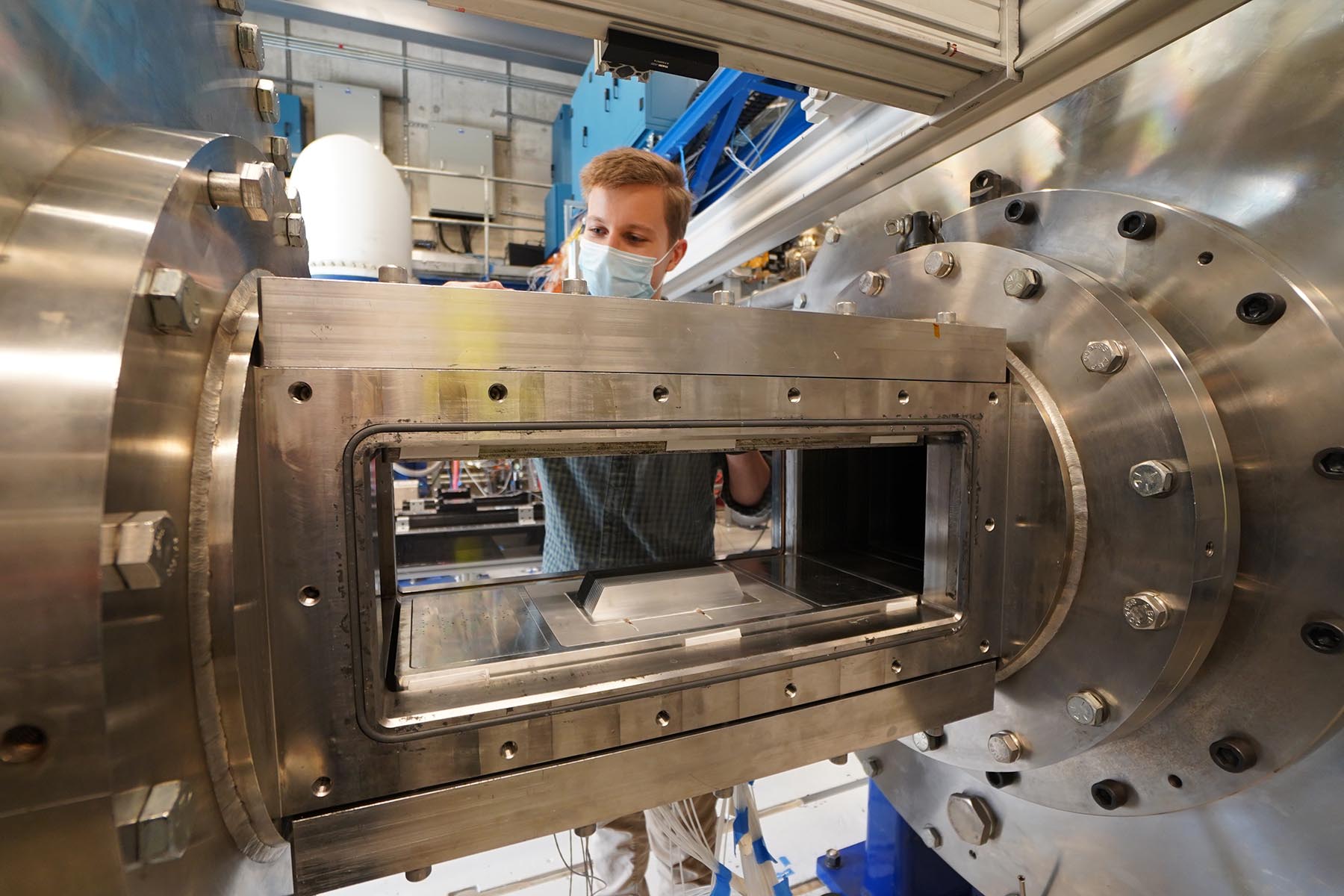The future of sustainable aviation: artificial intelligence for new clean propulsion models
As a leader in propulsion technology, Purdue University is always searching for innovative ways to make aviation more sustainable. Their latest initiative is TRANSDIFFUSE, a €10 million collaborative project which promises to revolutionize the field of turbomachinery through an innovative model based on artificial intelligence.

"We always have an eye on a sustainable future for aviation," said Guillermo Paniagua, professor of mechanical engineering. "This project proposes an ambitious roadmap to develop AI-based models of new propulsion technologies, allowing us to transition towards cleaner and more efficient aviation and energy generation."
Paniagua has joined forces with Eusebio de Valero from Universidad Politecnica de Madrid (UPM) and Oriol Lehmkuhl from the Barcelona Supercomputing Center (BSC-CNS). Their new project, called TRANSDIFFUSSE, has been awarded almost 10 million euros with a Synergy Grant (SyG) from the European Research Council (ERC) in the 2024 call. The ERC SyG scheme is one of the most prestigious and competitive funding schemes in the European Union.
This ambitious project brings together the numerical modelling expertise of Eusebio Valero's group at the UPM, who will also be the project coordinator, the high-fidelity computational capabilities of Oriol Lehmkuhl's group at the BSC-CNS, and the experimental resourcefulness of Guillermo Paniagua at Purdue.
Main objectives of the project
One of the main innovations of TRANSDIFFUSE will be the creation of FluidGPT, an AI-based model that is expected to generate significant breakthroughs in sustainable energy, such as the development of pressurized hydrogen combustion (PGC) engines. These innovative compact and lightweight turbines promise to be highly efficient, thus allowing to redesign propulsion standards in aeronautics and power generation systems.
The challenge addressed by the project is the control of the transonic flows generated from the rotating detonation combustor, a general challenge that has hindered the performance of compact turbomachinery. With the development of FluidGPT, the consortium aims to characterize, predict and manipulate these complex and unstable flows, thus unlocking the development of transonic diffusive passages, a critical component in new engines demanding efficiency and compactness.
Different levels of impact
The Fluid GPT model will be based on the Navier-Stokes equations, making it possible for the first time to reproduce flow configurations that were previously unimaginable under transonic conditions. With the help of this new model, it will be possible to define flow control procedures that allow the individual structures already identified to be activated or deactivated, and to study their effect on observable physical phenomena (such as detachment, acoustics, heat transfer, friction, etc.). This challenge has not been met by the scientific community and has the potential to revolutionize fluid mechanics, generating a significant impact on future academic and industrial designs benefiting both the aeronautical and power generation sectors.
TRANSDIFFUSE will lay the groundwork for the development of a hydrogen-based engine, but the findings and new methods will extend far beyond that. The impact on industry could be significant as the results of TRANDSDIFFUSE have the potential to revolutionize sectors such as aeronautics, wind energy or vehicle propulsion. Areas such as chemical engineering, bioengineering and even economics will benefit from this research.
About Guillermo Paniagua
Guillermo Paniagua works at Purdue's Zucrow Labs, the largest academic propulsion lab in the world. He leads PETAL (Purdue Experimental Turbine Aerothermal Laboratory), researching sustainable aviation and power generation. His work focuses on high-speed turbine technologies, pushing the operational boundaries of transonic turbines to enhance efficiency. As Director of the Rolls-Royce University Technology Center on Small-Core Turbines, Paniagua is advancing turbine design and innovative measurement techniques. Guillermo is an AIAA Fellow, recipient of the Humboldt Research Award, the Fulbright Distinguished Scholar Award in Alternative Energy Technology, and the ASME IGTI Aircraft Engine Technology Award.
This project aligns with Purdue Computes, a University-wide initiative to implement machine learning and artificial intelligence in the physical world.
Learn more about this award at UPM (en Español)...

